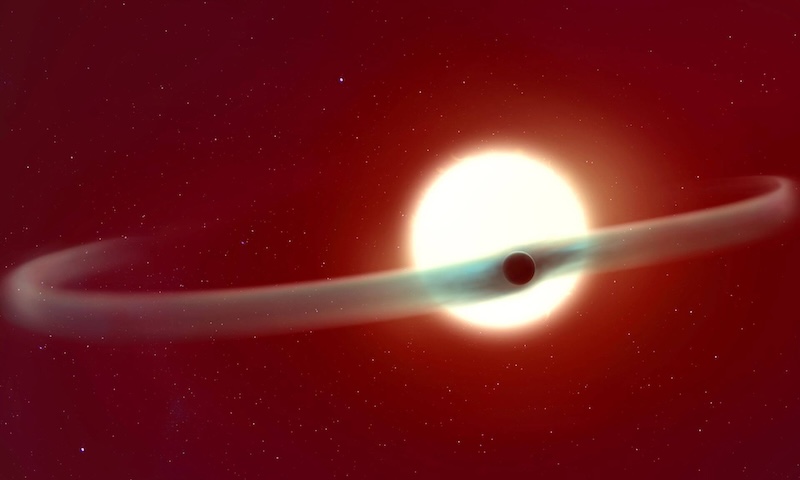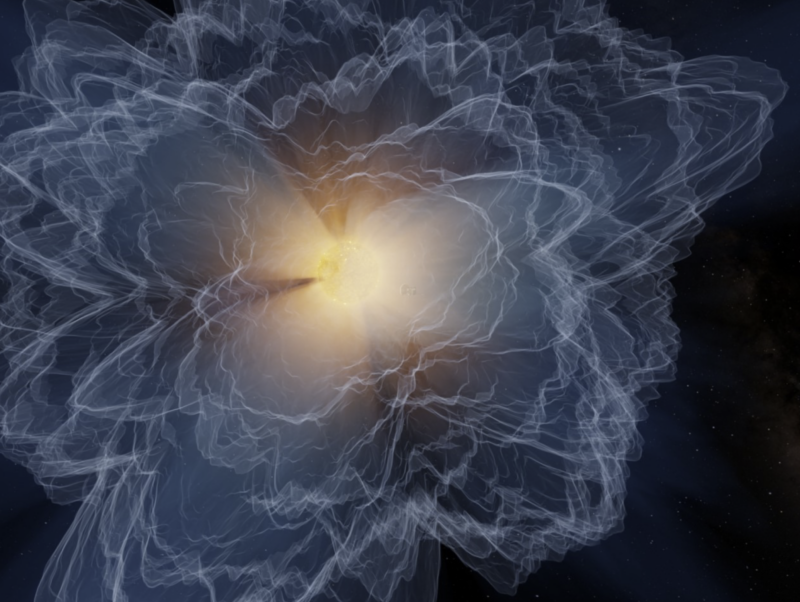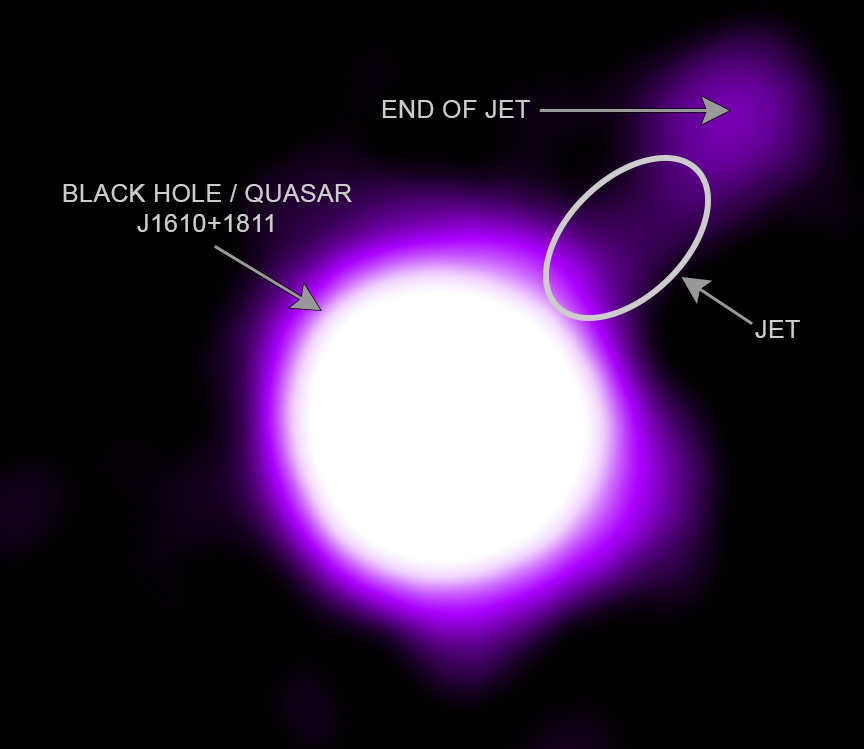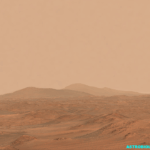Now Reading: Here’s Webb’s new image of cold exoplanet in weird orbit
-
01
Here’s Webb’s new image of cold exoplanet in weird orbit
Here’s Webb’s new image of cold exoplanet in weird orbit


- 14 Herculis c is a huge exoplanet 60 light-years from Earth. Its orbit around an almost sunlike star is highly elongated. The planet is about seven times more massive than Jupiter.
- NASA’s Webb space telescope took direct images of 14 Herculis c. With a temperature of 26 degrees Fahrenheit (-3 degrees Celsius), it is one of the coldest exoplanets that astronomers have imaged to date.
- The system also contains one other known planet. The two planets have strange orbits that cross each other in an X pattern.
Meet 14 Herculis c
NASA’s James Webb Space Telescope has taken images of a massive, cold exoplanet about 60 light-years from Earth. A team of researchers, co-led by William Balmer at Johns Hopkins University in Baltimore, Maryland, said on June 10, 2025, that the planet, 14 Herculis c, is about seven times more massive than Jupiter. But it has a rather Earthlike temperature of 26 degrees Fahrenheit (-3 degrees Celsius). The planet is one of the coldest that astronomers have been able to image to date. In addition, the orbit of 14 Herculis c is unusually elliptical, placing it about 1.5 billion miles (2.4 billion km) from its star on average.
14 Herculis c is one of two known planets in the system. The other planet, 14 Herculis b, orbits closer to the star. The researchers call this planetary system “strange,” since the two planets don’t orbit on the same plane. Instead, they are inclined about 40 degrees relative to each other and cross each other’s orbits in an X pattern. Webb used its NIRCam instrument to take images of 14 Herculis c.
The star, 14 Herculis, is about the same age and temperature as our sun. But it’s slightly less massive and cooler. It is located in the constellation Hercules the Strongman.
The researchers’ new peer-reviewed paper has been accepted for publication in The Astrophysical Journal Letters. The researchers presented their findings on June 9, 2025, at the 246th Meeting of the American Astronomical Society in Anchorage, Alaska.
Webb observes a cold exoplanet
Most of the exoplanets astronomers have imaged directly so far are hot or warm, such as hot Jupiters. It is more difficult to image colder exoplanets, even big ones. Balmer said:
The colder an exoplanet, the harder it is to image, so this is a totally new regime of study that Webb has unlocked with its extreme sensitivity in the infrared. We are now able to add to the catalog of not just hot, young exoplanets imaged, but older exoplanets that are far colder than we’ve directly seen before Webb.
14 Herculis c is one of the coldest exoplanets imaged so far. Indeed, it is much cooler than most of the others, at only 26 degrees Fahrenheit (-3 C). That’s the temperature Webb measured at the top of its atmosphere.
A planetary system described as abnormal, chaotic, and strange has come into clearer view with #NASAWebb. One of two known planets surrounding the star 14 Herculis—located 60 light-years away from Earth in our own Milky Way galaxy—have been successfully imaged. (1/6) #AAS246 ? ? ?
— Space Telescope Science Institute (@stsci.edu) 2025-06-12T16:38:56.944Z
A huge, frigid world
14 Herculis c is huge and massive. In fact, it is about seven times the mass of Jupiter. Its orbit is unusual, much more elongated than most planets. On average, its distance is around 1.4 billion miles (2.3 billion km) from its star. Generally speaking, that’s between Saturn and Uranus in our own solar system.
Webb measured the brightness of 14 Herculis c at 4.4 microns, or micrometers (measuring the brightness of the planet’s infrared radiation). This provides clues about the planet’s atmosphere and how hot or cold the planet is. Co-author Daniella Bardalez Gagliuffi at Amherst College said:
If a planet of a certain mass formed 4 billion years ago, then cooled over time because it doesn’t have a source of energy keeping it warm, we can predict how hot it should be today. Added information, like the perceived brightness in direct imaging, would in theory support this estimate of the planet’s temperature.
That brightness and temperature present a puzzle, however. The brightness is fainter than the researchers thought it should be. The researchers said that is likely due to carbon disequilibrium chemistry. Carbon disequilibrium refers to a state where the carbon cycle is not in balance. Gagliuffi explained:
This exoplanet is so cold, the best comparisons we have that are well-studied are the coldest brown dwarfs. In those objects, like with 14 Herculis c, we see carbon dioxide and carbon monoxide existing at temperatures where we should see methane. This is explained by churning in the atmosphere. Molecules made at warmer temperatures in the lower atmosphere are brought to the cold, upper atmosphere very quickly.

2 planets in strange orbits
This system contains two known planets, 14 Herculis b – that orbits closer to the star – and 14 Herculis c. The two planets have unusual orbits, which is why the researchers refer to this system as “abnormal, chaotic and strange.” In our solar system, the planets orbit pretty much on the same plane around the sun, as if they were arranged on a huge, invisible flat disk.
But the 14 Herculis planets are not on the same plane. In fact, their orbits are inclined relative to each other by an angle of about 40 degrees. Their orbits also cross over each other in an “X” shape. How did this system become so misaligned? The researchers hypothesize that there might have once been a third planet that was ejected out of the system. That could have disrupted the orbits of the other two planets. As Balmer explained:
The early evolution of our own solar system was dominated by the movement and pull of our own gas giants. They threw around asteroids and rearranged other planets. Here, we are seeing the aftermath of a more violent planetary crime scene. It reminds us that something similar could have happened to our own solar system, and that the outcomes for small planets like Earth are often dictated by much larger forces.
Bottom line: NASA’s Webb space telescope imaged the massive, cold exoplanet 14 Herculis c, 60 light-years from Earth. Its orbit crosses another exoplanet’s around this star in an X shape.
Read more: See colorful giant exoplanets in astonishing new Webb images
Read more: Exciting! 4 new mini-Earth exoplanets at nearby star
The post Here’s Webb’s new image of cold exoplanet in weird orbit first appeared on EarthSky.
Stay Informed With the Latest & Most Important News
-
 01From Polymerization-Enabled Folding and Assembly to Chemical Evolution: Key Processes for Emergence of Functional Polymers in the Origin of Life
01From Polymerization-Enabled Folding and Assembly to Chemical Evolution: Key Processes for Emergence of Functional Polymers in the Origin of Life -
 02Panasonic Leica Summilux DG 15mm f/1.7 ASPH review
02Panasonic Leica Summilux DG 15mm f/1.7 ASPH review -
 03How New NASA, India Earth Satellite NISAR Will See Earth
03How New NASA, India Earth Satellite NISAR Will See Earth -
 04And Thus Begins A New Year For Life On Earth
04And Thus Begins A New Year For Life On Earth -
 05Astronomy Activation Ambassadors: A New Era
05Astronomy Activation Ambassadors: A New Era -
06SpaceX launch surge helps set new global launch record in 2024
-
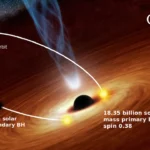 07Two Black Holes Observed Circling Each Other for the First Time
07Two Black Holes Observed Circling Each Other for the First Time












